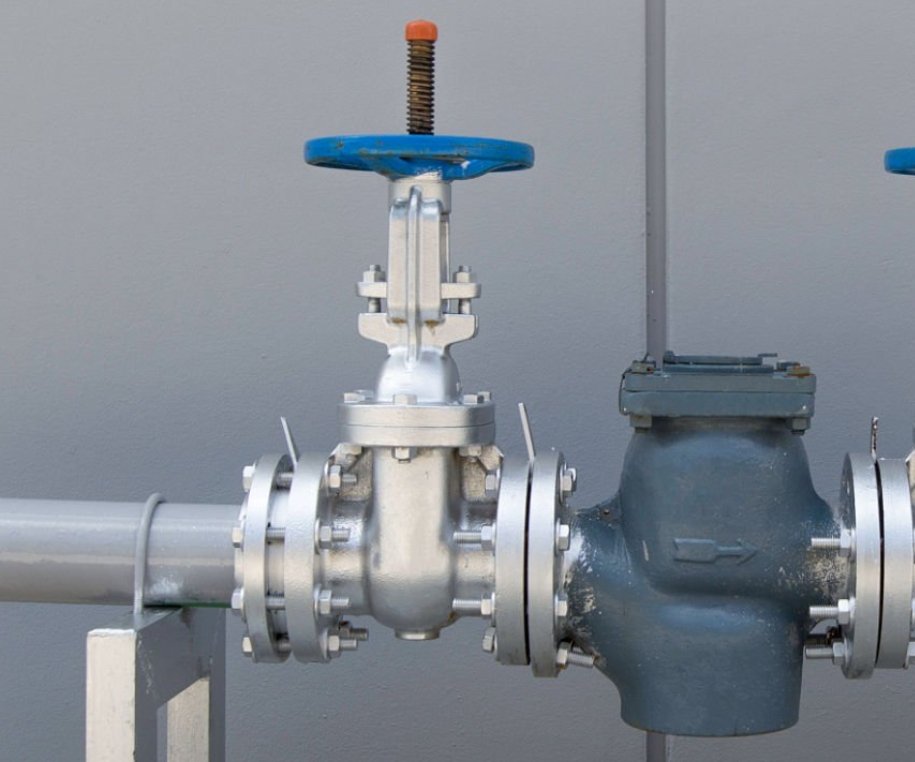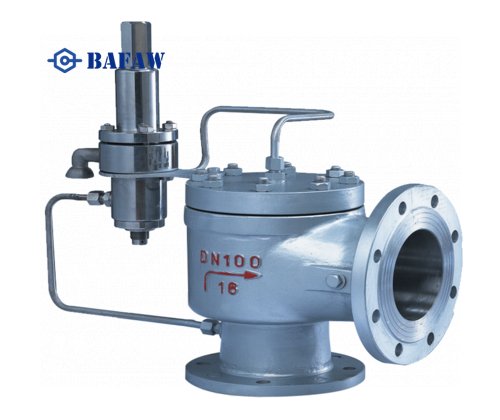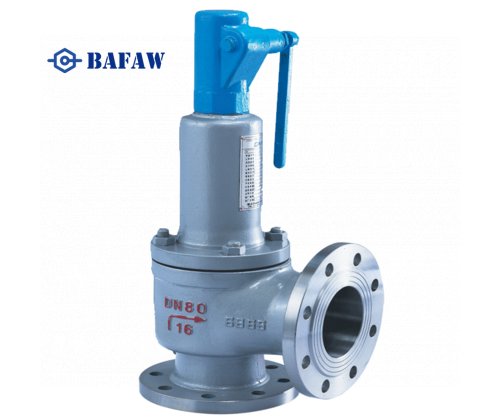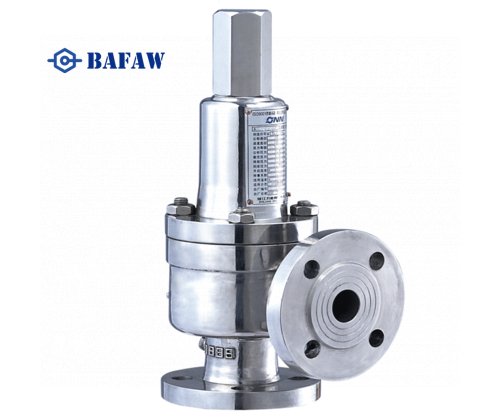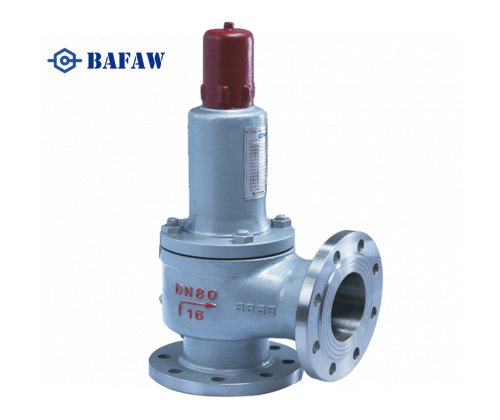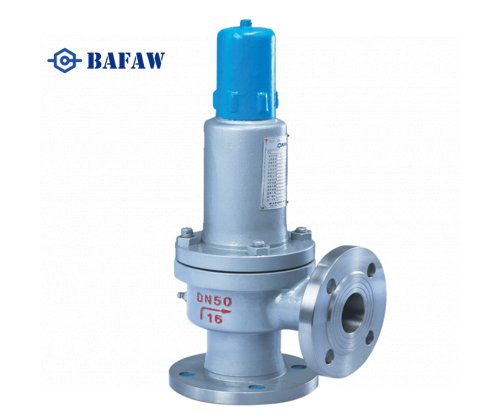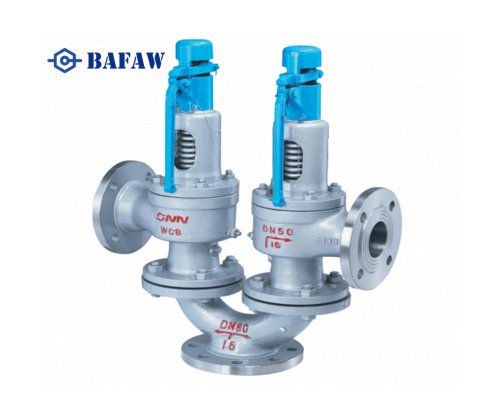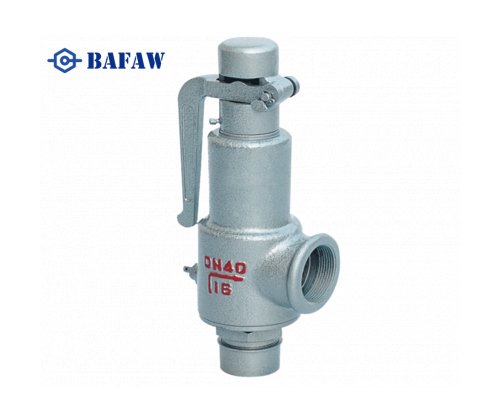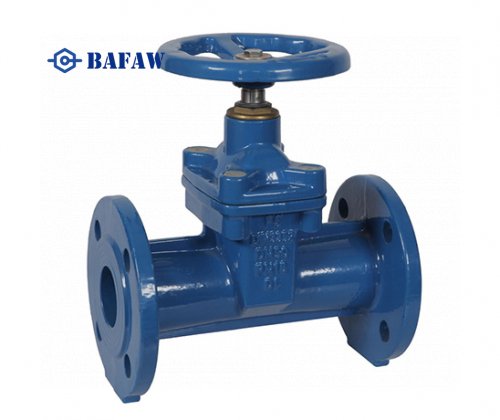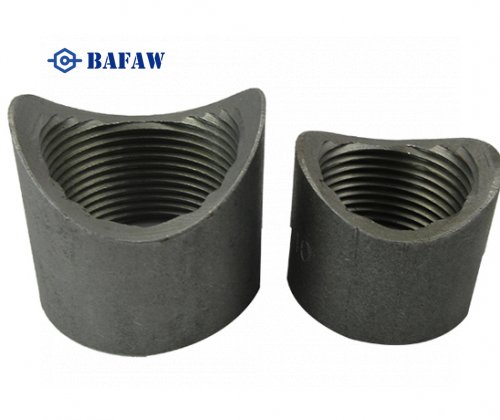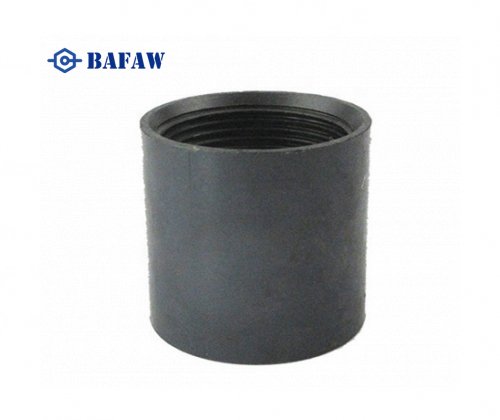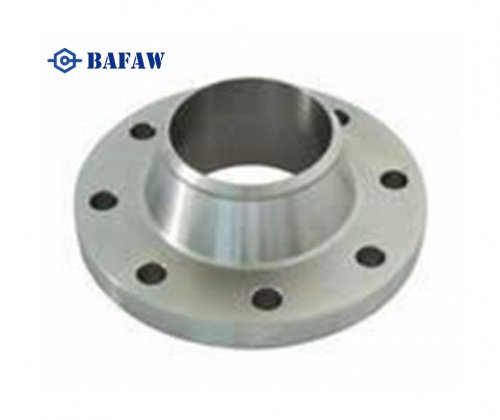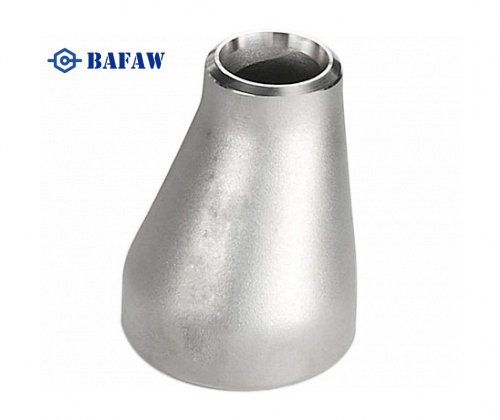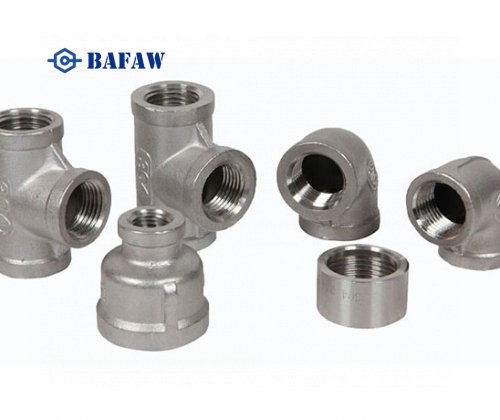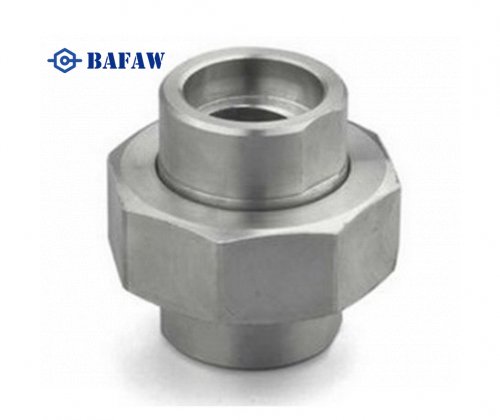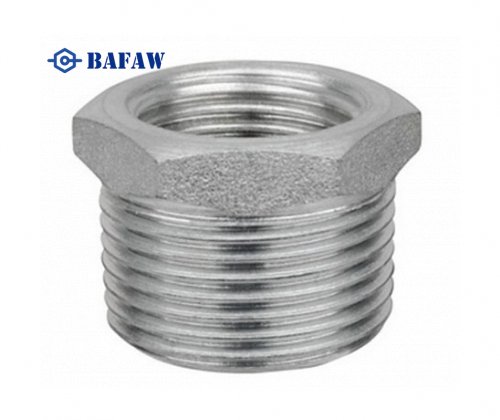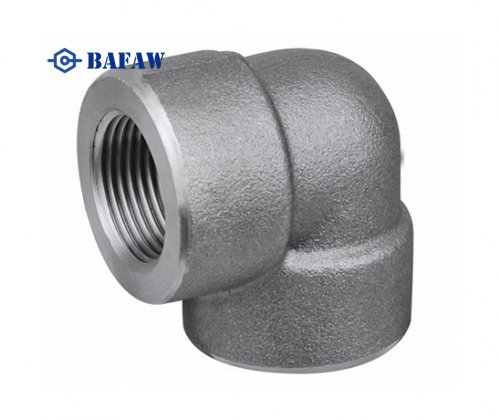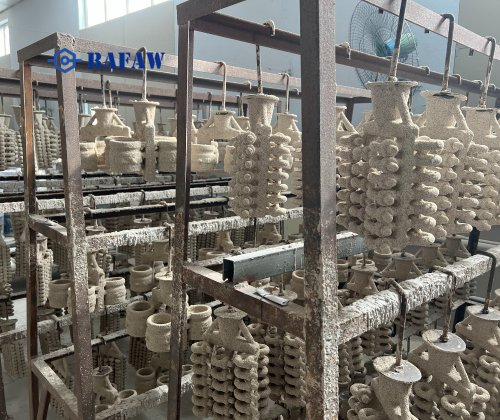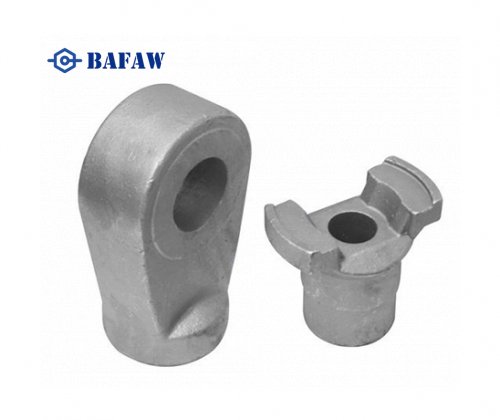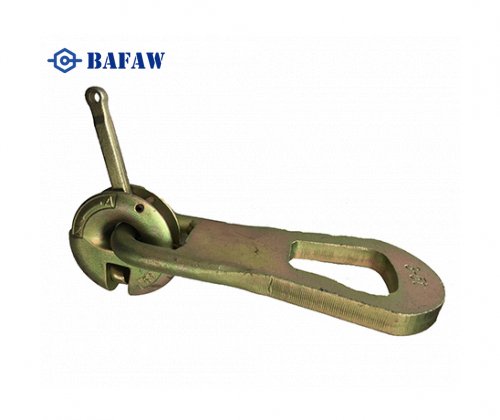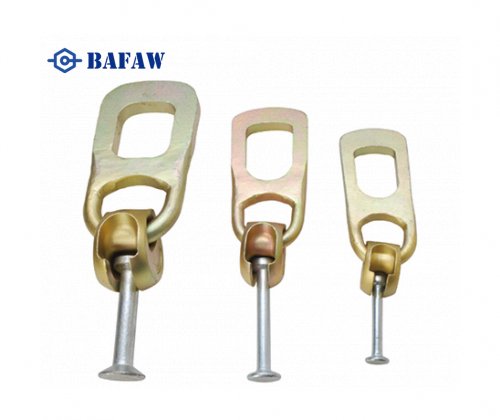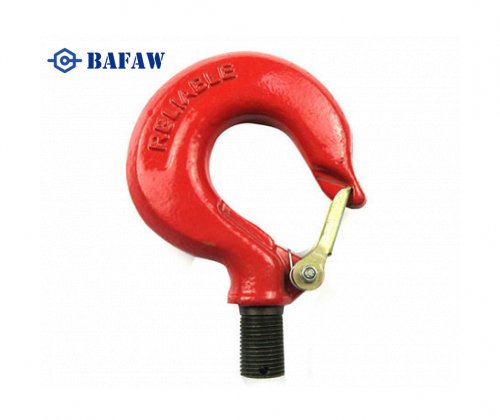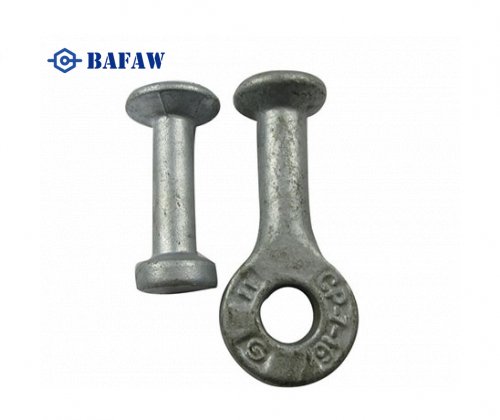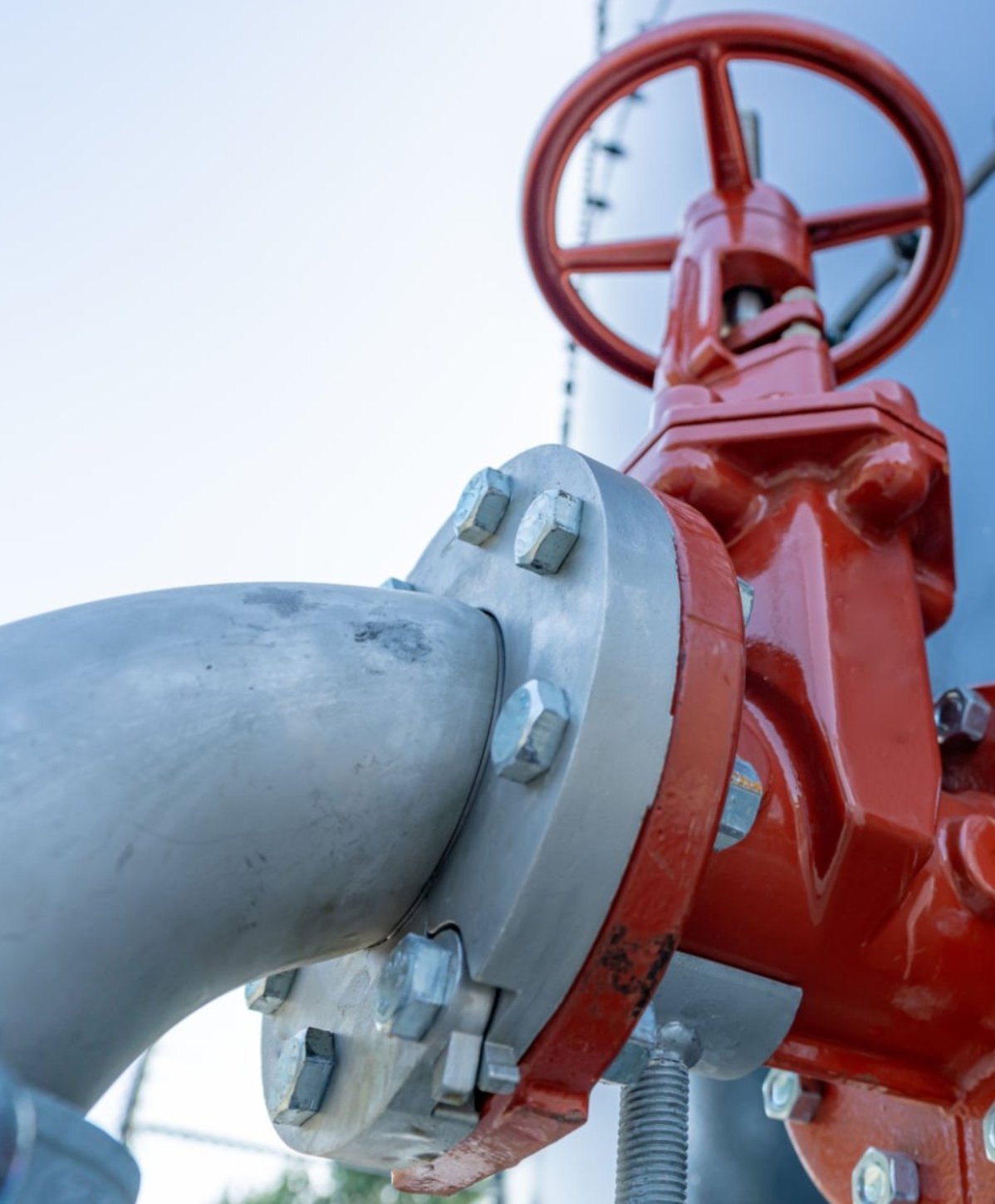Proper gate valve construction does matter. That can make all the difference in the world between years of smooth, safe flow control and years of unwanted leaks or breakdowns! Gate valves, especially industrial gate valves, offer excellent shutoff and low flow resistance. They are essential components in our water, oil, gas, and other chemical pipeline infrastructure.
Their long-term value depends on careful installation. It’s important to follow best practices and also the local rules and standards. Focusing on each step prevents gate valve problems. This helps ensure long-lasting, trouble-free service. So, with that in mind, here’s how to install a gate valve the right way.
We focused on the “how,” but more importantly, on the “why” of each phase. This was especially true for gate valve trim and body considerations.

1. Before You Start: Prep Work
Proper preparation sets the stage for a successful installation. A quality installation begins with the proper tools and a careful inspection of all components.
Before you mount the valve body—the first step to installation—make sure to check both the valve and pipeline. Check for proper sizing, pressure ratings, and any apparent cracks or defects upon inspection.
Gate valves can be made of many different materials, including carbon steel and bronze, and multiple pressure classes. Using the wrong or mismatched parts can lead to leaks or catastrophic failure under pressure.
Tip #4—Make sure to clean your work area before you begin! Clear all dust and debris from the pipeline and valve seats. Even a minor bit of grit can ruin sealing surfaces and cause problems later.

2. Safety: Non-Negotiable Steps
Safety is non-negotiable, particularly with systems that can contain high pressure or lethal media. Wear personal protective equipment on-site. Use cut-resistant gloves, impact-resistant safety goggles, and steel-toed shoes.
Always depressurize and drain the system before starting installation work on pressurized pipelines. Lockout/tagout procedures lock out the possibility of someone else rebooting the system while you’re working on it.
It’s a good idea to look at the pressure gauge right before you start. Even a small amount of trapped pressure, such as a few kilopascals, can be hazardous.
3. Perfect Placement: Alignment Matters
Proper valve alignments during installation will prove beneficial in the long run. The valve should be installed square and in line with the axis of the pipeline, with no cants or twists. Inadequate alignment will stress the valve body and stem, creating a potential for leaks or premature wear.
Install in the proper direction. Always install the valve according to the flow direction arrow indicated on the valve body. This lets the wedge move with the medium properly. It also stops unnecessary seat damage from occurring.
The stem should point straight up or at a slight angle. This helps people reach the handwheel easily and allows for full motion. If you do not operate the valve often, a portion of the stem will remain outside the valve for extended periods.
This is why stem orientation is so important—it keeps debris or corrosion from accumulating.
4. The Install: Step by Step
Clean the pipe ends and valve seats.
Mount the valve body in place.
For flanged valves: set the gasket, insert bolts, and tighten them in a cross pattern using a torque wrench.
For threaded valves: apply thread sealant, then screw the valve onto the pipe, taking care not to over-tighten.
Check the alignment again.
Open the valve fully between 10% and 15% to flush the seat with high-velocity water. This will scrape debris off the seat area.
Return the valve to the closed position.
Always follow the manufacturer’s instructions. This includes using the right torque values and gasket type. If you’re experiencing leaks or a stuck stem, more often than not, it’s because you’ve skipped these steps.
That wedge angle is usually 5° or slightly less than 3°. This can change with valve size and temperature, so always ensure proper model selection for your system requirements.
5. After Installation: Test It Right
After all, testing is half of the install! Begin with a leak test. Increase the system to operating pressure and inspect all joints and valve stems for leakage. For smaller systems, you can use a non-corrosive leak detector or soapy water.
Test the installation by operating the valve through multiple open and close cycles. Gate valves are highly valued for their ability to open fully, which creates an unimpeded flow path with no friction.
If the stem is binding or if the handwheel is hard to turn, cease operation and inspect the alignment. Make a list of issues in the system log. Include the timestamp and a brief description for future reference and easier troubleshooting.
6. Replacing Your Old Valve
Taking out an old valve requires just as much caution as a new installation. Begin by turning off and draining the system. If bolted, loosen all bolts or unscrew all threads, and support the valve to prevent strain on the pipe.
When picking a replacement, match the size—valves range from NPS ½ inch to NPS 144 inches—as well as material and pressure class. Choose a valve with the right wedge angle and seat material if your system carries hot or corrosive media.
You will want to clean and prepare the pipe ends before mounting the new valve to ensure a tight seal.
What Else Needs to Know About Installing a Gate Valve?
Gate valves are most appropriate where there is continuous flow and shutoff is the primary function required. With proper installation, they require minimal upkeep and should function flawlessly for decades.
Partially open the valve to reseat the clean valve seat. Don’t use a gate valve for throttling; this will quickly erode the wedge and seat faces. Ensure compliance with local codes and standards at all times to guarantee a safe and compliant installation.
